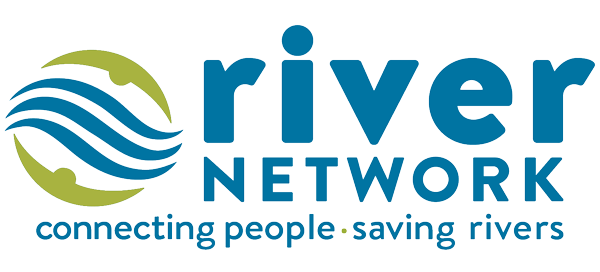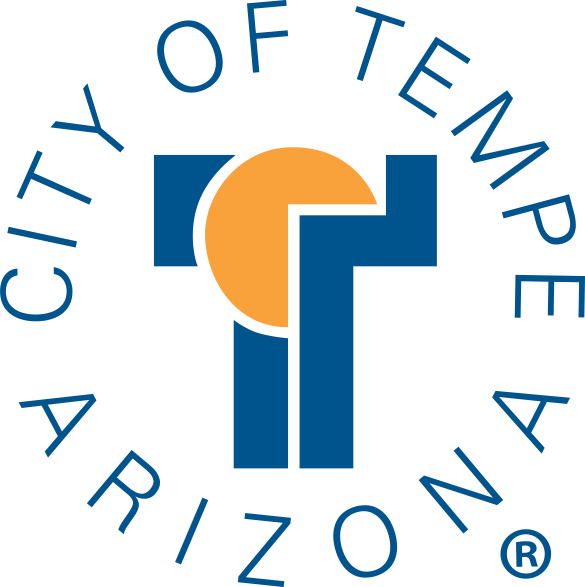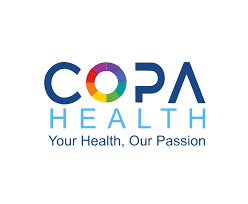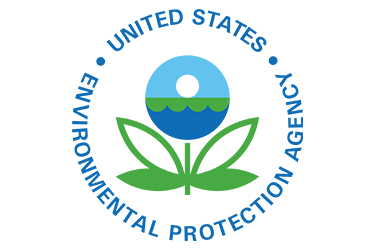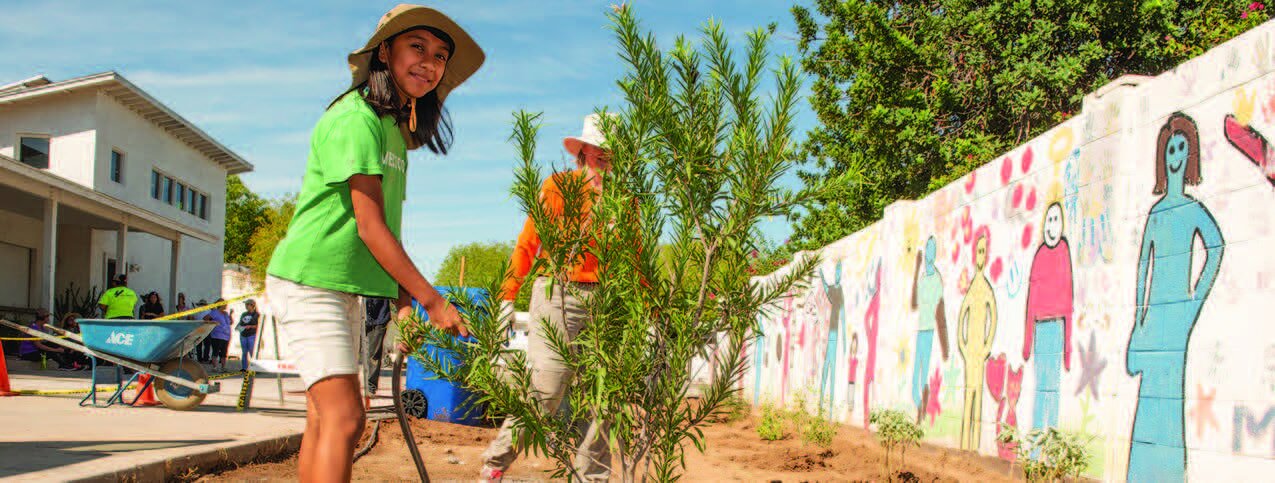
Heat Action Planning
Nature’s Cooling Systems.
In Greater Phoenix, urban heat is impacting health, safety, and the economy and these impacts are expected to worsen over time. The number of days above 110˚F are projected to more than double by 2060. In May 2017, The Nature Conservancy, Maricopa County Department of Public Health, Central Arizona Conservation Alliance, Urban Resilience to Extremes Sustainability Research Network, Arizona State University’s Urban Climate Research Center, and Center for Whole Communities launched a participatory Heat Action Planning effort to identify both strategies to reduce heat and improve the ability of residents to deal with heat.
Community-based organization RAIL CDC joined the project after the Mesa Care Neighborhood was selected as one of three neighborhoods for the project. Catholic Charities Care Campus soon became another key collaborator. Beyond building a community Heat Action Plan and completing demonstration projects, this project was designed to develop awareness of urban heat and to build better relationships between neighbors, organizations, community leaders, and decision-makers to do something about the issue of increasing heat. Storytelling wisdom and scientific evidence were used to understand the challenges that residents face during the hot summer months.
Read the Full Report.
Heat Action Planning Guide
Executive Summary
Heat Action Planning Guide for Mesa CARE Neighborhood
Complete Heat Action
Planning Guide
Four overarching themes emerged across all three neighborhoods—advocate and educate; improve comfort/ability to cope; improve safety; build capacity. Extreme heat causes residents to experience serious safety challenges in their day-to-day lives. Communities, businesses, and decision-makers can, and should, work to address those challenges.
Primary concerns voiced by residents in the Mesa Care Neighborhood during workshops include:
The need for shade, especially along routes to school or during long wait times at traffic lights
Access to drinking water
Connectivity from the community to broader transportation routes
Safety for children and the elderly, especially those living alone
Need for advocacy for urban heat solutions
Our Sponsors.




